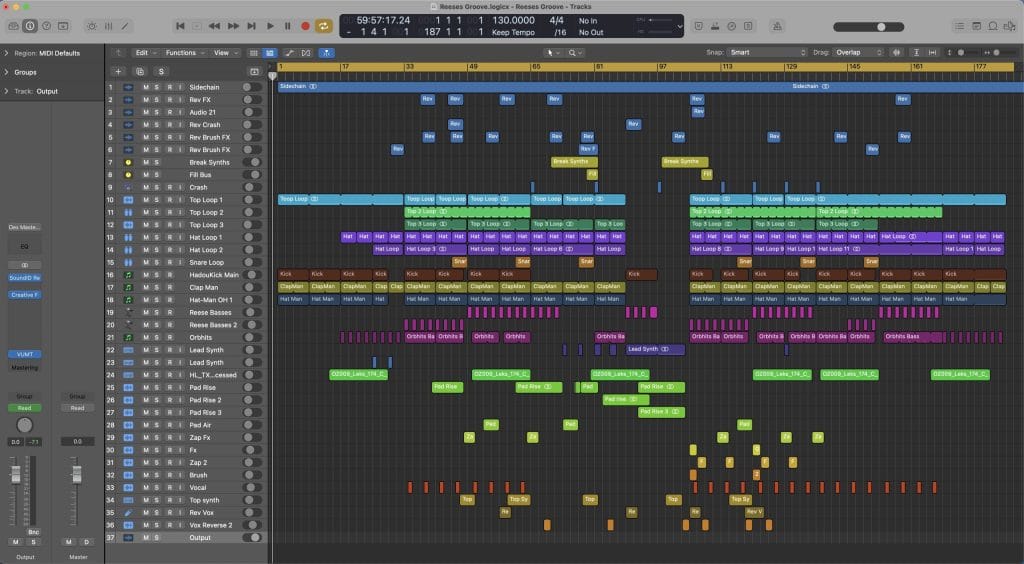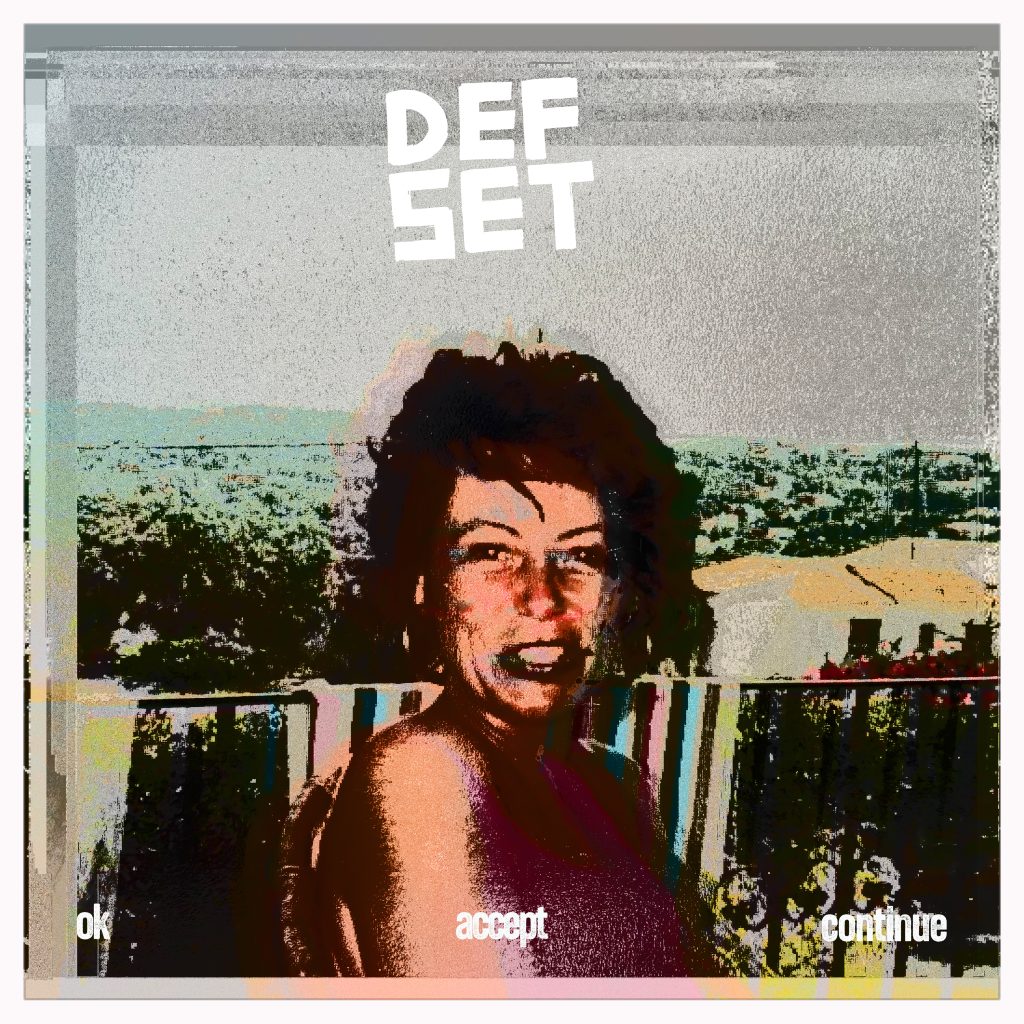On November 15th, Defset released his sophomore album, OK, Accept, Continue. A deeply personal 10 tracker, DEFSET wrote the album to navigate the grieving process. The album touches on addiction, anger, depression, hope, and acceptance, with the music serving as a form of creative expression, offering distraction and relief from grief’s intensity. Following on from his debut album Proximity in 2021, it’s clear that the UK-based artist has been developing his sound. For his second album, there is more of an organic tone to the music.
“I needed to be more physically in contact with this work, so many of the sounds are sampled drums, live instrumentation, or found sounds. Collaborations with MC Spyda and Jally Kebba Susso add a layer of humanity and embodiment that I really felt was necessary to capture the feeling of the human experience of loss and recovery.”
With a background in music and film production, a keen interest in technology, and an MA in Music Production DEFSET’s work often explores the intersection of sound and digital art, using cutting-edge production techniques to push the boundaries of electronic music. A sonic explorer, DEFSET uses and misuses, modular synthesis, vintage gear, pedals, live instrumentation, creative sampling, data bending, and machine learning tools to develop unique sounds. His tracks are characterized by intricate layers, complex rhythms, and deep attention to sonic detail, creating a listening experience that is both powerful and thought-provoking.
Words and photos by Defset
Baby Audio BA-1
This was a surprise. I bought it on a whim and initially after having a little play thought it was ok, but not an essential part of my tool kit. The first track on the album Koko Choke, started from me reopening this to investigate a little further and I loved it. In particular the ability to digitally degrade the sound, by turning on the ‘speaker’ which emulates a tiny speaker, and the battery slider which produces wow and flutter style effects combined with a lo-fi graininess. It actually became something I used on nearly every track. It’s surprisingly lush and rich and the added ability to frequency modulate is great. A really useful little synth.
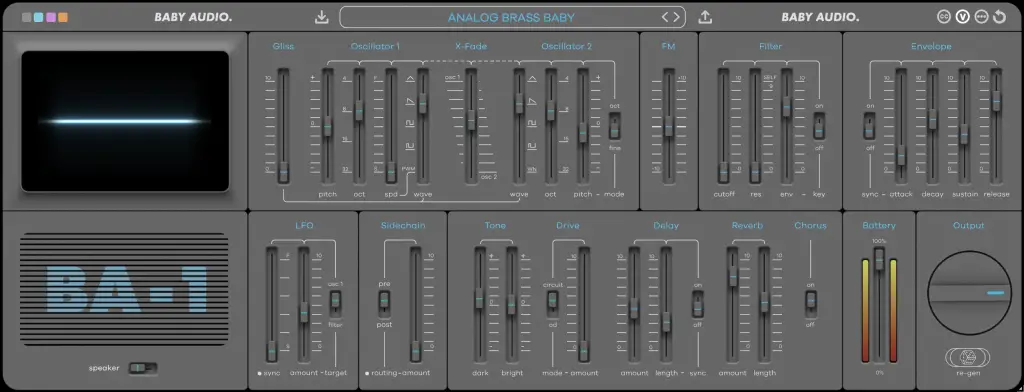
Tascam – DR-40x
I took this everywhere during the writing period of this album. I recorded hours of car journey’s in Gambia, conversations, musicians, hitting found objects. It gave me a bank of totally unique sounds and atmospheres that I could then process further and further. I’ve always used field recordings in my music but this album features far more than ever before, mainly due to this unit. The microphones are so sensitive and capture such crisp detail. I even use it in the studio to record percussion as the result is so good.
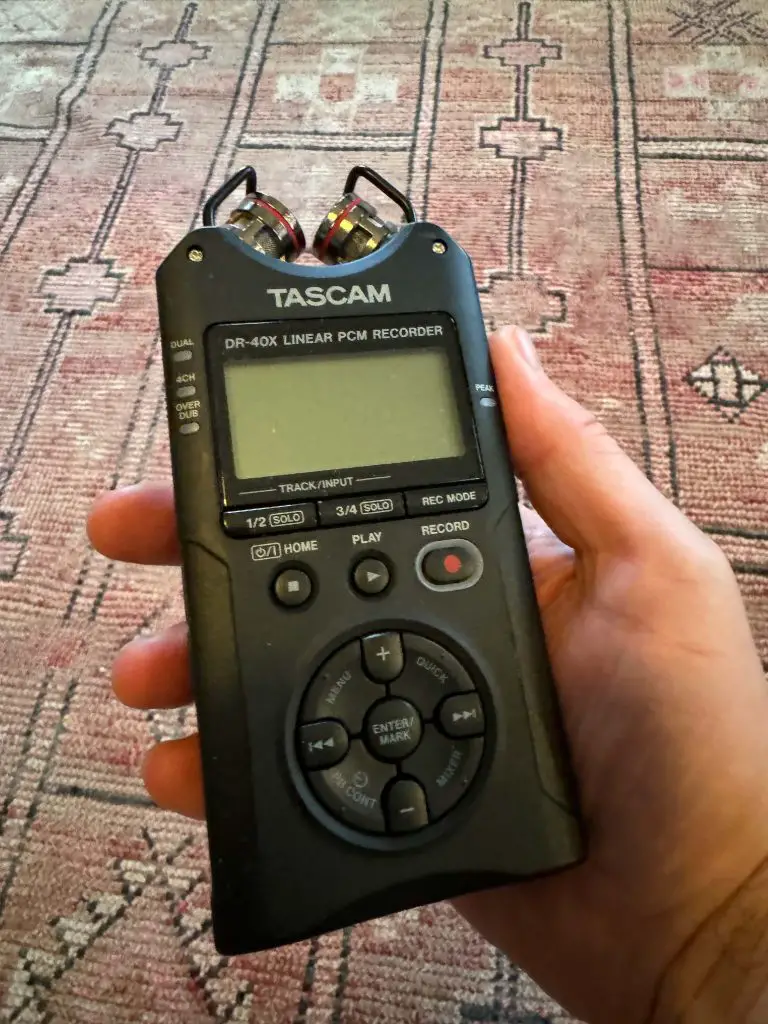
Hohner – Fire Melodica
This cost me about £30 and was the added sparkle to tracks like Eagle Rare and Wisdom. ITs the quintessential dub instrument and with some tape delay and a massive reverb it sounds huuuuge! I didn’t use it in it’s usual way so it’s largely unrecognisable on the album but floating, washed out ambiences and eery low end brass sounds come from this. Pitching down a little melodica chord stab and adding 8th dotted tape delay sounds amazing. I love this little thing.
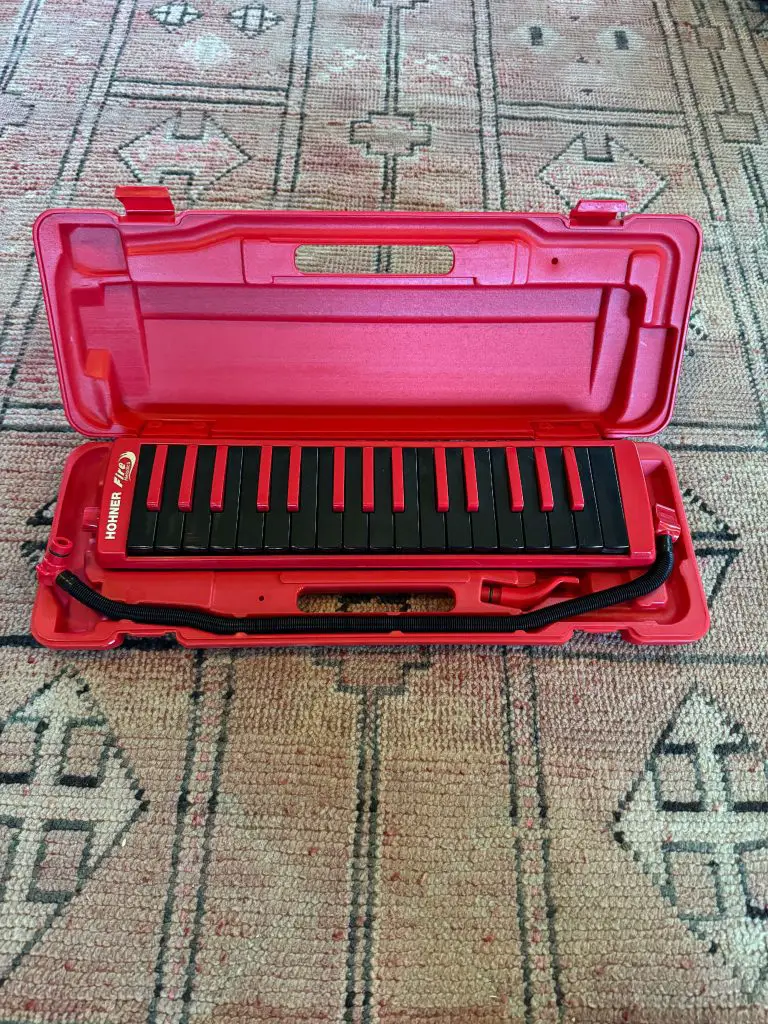
Noise Engineering – BIA Filthy dirt machine.
It produces anything from the most aggressive bass hits to full electro laser rhythms. The ability to switch modes with CV during playback allow you to create so many different sounds within on sequence. I usually pass this through some pedals and then chop sections I want out of the audio. Most of the little glitch sounds and noisey stuff on the album comes from this or from a section of audio where I’ve made some horrendous noises with this combined

Softube – Heartbeat
I first got into Heartbeat when I bought Softube Modular. Some of the modules within the virtual rack were Heartbeat modules and the drums sounded crisp. I bought this to use all of the modules together with the added features like fx and layering. It’s pretty simple really, you get a bass drum module, kick module, rim, clap, hat, perc and cymbal modules all with different sound shaping controls, these are automatically routed to a mixer where various effects can be added. The auto layer function is very cool for some indeterminacy, as it throws in a secondary sound randomly or however you set it. Really adds a layer of interest to drum patterns. I have quite a lot of real modular drums, but this was so handy to quickly create powerful, crisp, modular sounding grooves. With most of my synths and modules I use loads of external or internal processing but with Heartbeat I found I had to reduce the amount of processing, especially in terms of dynamic processing as the sounds hit so hard. Is a really great bit of kit. It featured on every track on the album.
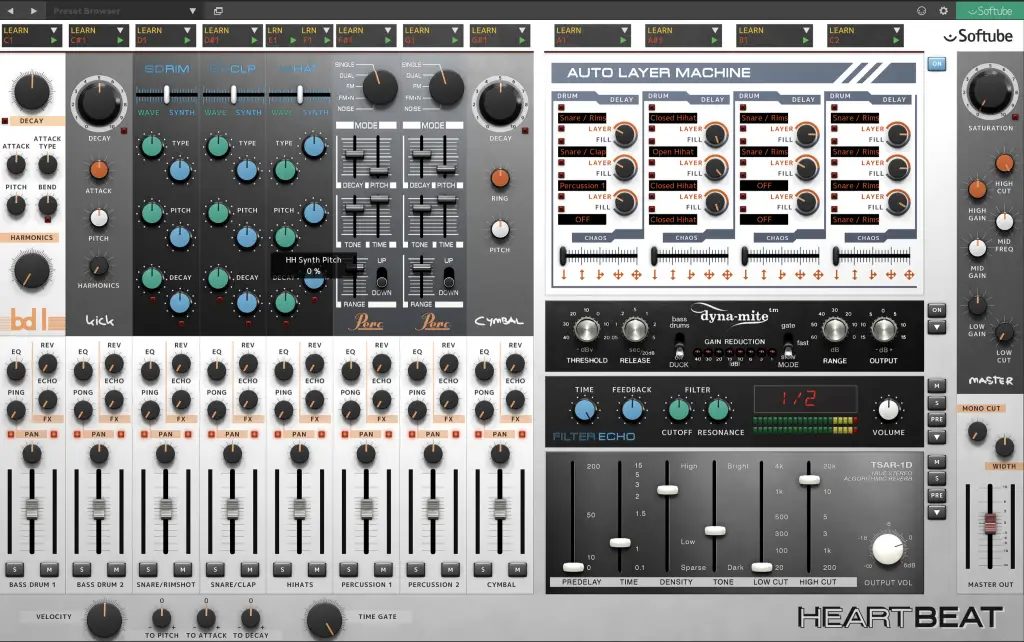
Grab your copy here.
The post How It Was Made: Defset appeared first on Magnetic Magazine.




